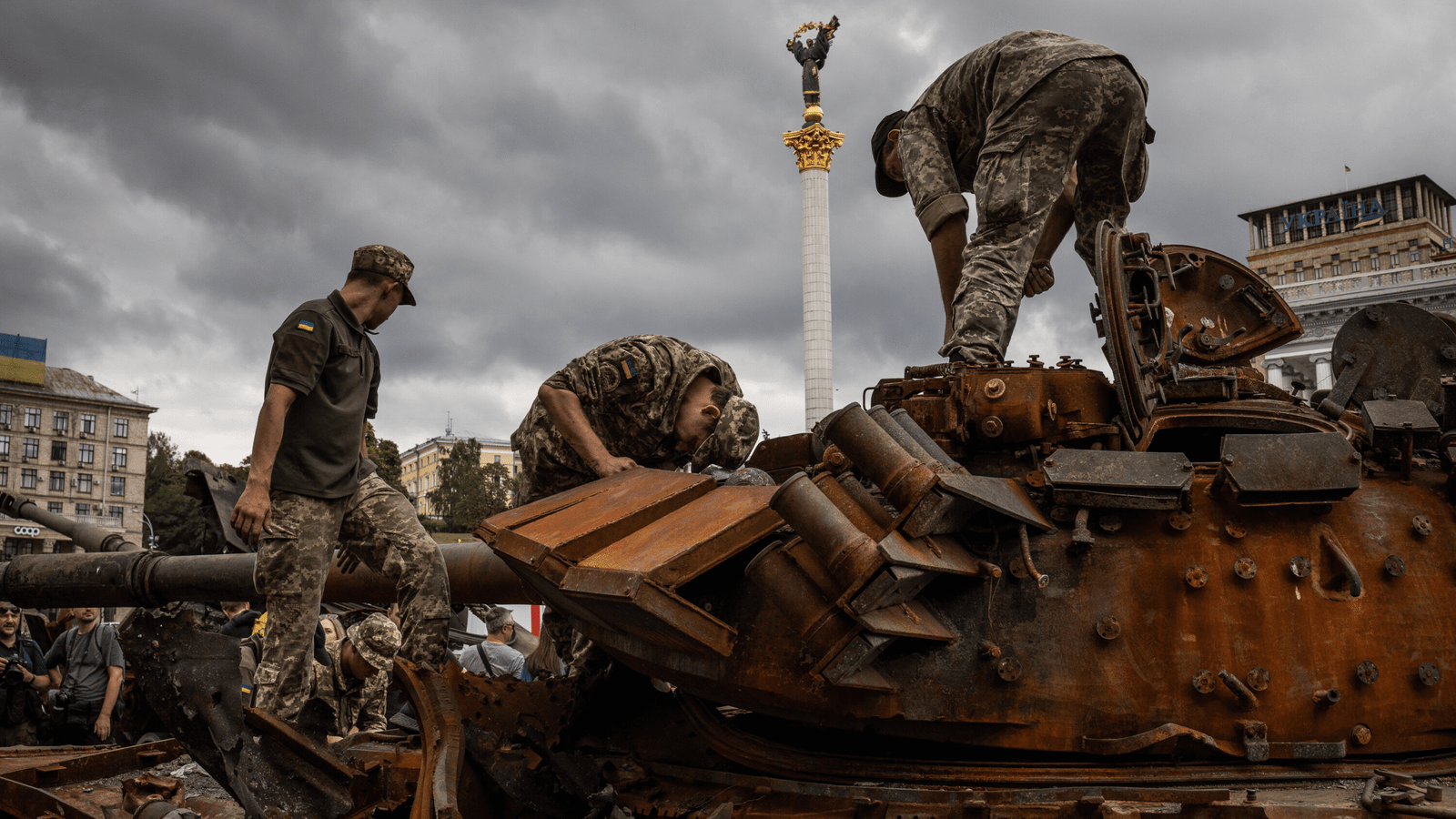How is it that Russia has continued to sustain its war in Ukraine, even with extreme Western sanctions and warnings of collapse? The secret is a shocking transformation in how the nation operates its economy and society. Defense manufacturing has now been the central focus since Soviet days.

When Vladimir Putin initiated the invasion, most Western experts assumed Russia’s military-industrial complex would break under the strain. But instead, Russia doubled down. Defense spending has soared to an estimated 7.5% of GDP. Factories are now running 24/7, supply chains have been reworked, and the country is finding creative ways to get around trade restrictions. Around 3.5 million people—about 2.5% of the population—now work in the defense sector. Over 520,000 new jobs have been created, making weapons production a major driver of economic growth. In most instances, factory laborers, such as welders and machinists, are making more than white-collar professionals. Training programs and exemptions from military service are also being funded by the government to keep trained labor. Putin’s recent trip to Uralvagonzavod, Russia’s largest tank maker, demonstrated just how crucial these factories have become to the war and the economy.
This explosion of military spending is transforming life in Russia. In many regions, military money is lifting families out of poverty. According to polling by the Levada Center, about 5 to 6 percent of Russians who used to struggle to afford basic goods have moved closer to the middle class. Analysts are calling it a rare redistribution of wealth. Workers in defense factories and the families of soldiers are seeing major income boosts. To achieve production targets, the government has even resorted to prison and student labor. Overtime in most plants is no longer voluntary—say no, and you’ll get sacked. As Andrei Chekmenyov of the Russian Union of Industrial Workers explained, no is not an option.
It’s not merely a matter of personnel. Russia has had to find ways to continue producing sophisticated weapons dependent on foreign-manufactured components. In spite of Western export prohibitions, they have found loopholes. China, specifically, has been a principal lifeline. Chinese firms continue to trade with Russia, even in the prohibited areas, and payments are becoming more and more channeled through third-party banks and intermediaries. It’s frequently difficult to discern where private enterprise leaves off and state interference picks up, particularly since the government of China is so intertwined with the industries of China. U.S. officials tell us that China is aiding Russia in ways that counter the threat of secondary sanctions. Though Turkey, Malaysia, and Armenia have all had lesser roles to play, China’s efforts are most prominent.
That is not to say that Russia’s war machine is unbeatable. Much of what is headed to the battlefront—tanks, vehicles, and artillery—emanates from Soviet-era stores. Russian deliveries of 1,500 tanks in a recent year, for instance, included over 1,100 from stored older models, the International Institute for Strategic Studies reports. The tactic allows Russia to maintain its military tempo for the time being, but sooner or later will deplete those reserves. Ammunition is also an issue. Russia is producing between 2.5 and 5 million shells annually and has also bought more than a million from North Korea. Yet shortages, particularly of 152mm shells, are beginning to emerge. The Russian Defense Ministry acknowledges that raising output meaningfully would entail massive new investments, and much of what’s stored is destabilizing or old.
The larger context is disheartening for Ukraine and its Western allies. Russia’s capacity to continue the fight depends not just on itself but also on the inclination of allies such as China to continue the supply chain of parts and technology. Conversely, the success of Ukraine hinges on continuing Western assistance in funds, arms, and training. If that aid endures, Russia’s capacity to achieve decisive battlefield victories diminishes. But if it falters, Russia’s approach—to tire Ukraine out and employ its achievements as a bargaining chip—may succeed.
Russia’s conversion to a war economy is reshaping the battlefield, but more fundamentally, it is reshaping Russian life. It’s altering Russian life in profound, long-term ways. Defense has become the nation’s dominant industry, with oil revenues being poured into the production of military goods. The long-term implications—on society, the economy, and Russia’s place in the world—are still playing out. But for the moment, Russia’s war machine is demonstrating an unexpected durability that few in the West anticipated.
